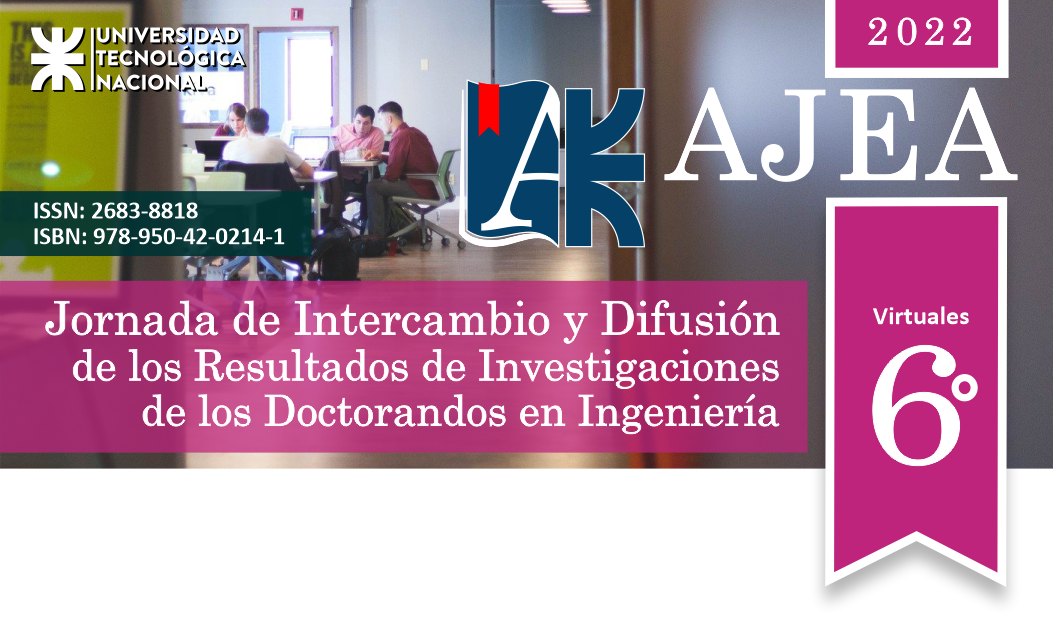Tecnología de energía sustentable libre de carbono: estudio de electrocatalizadores para las Celdas de Combustible de Amoníaco Directo
DOI:
https://doi.org/10.33414/ajea.1106.2022Palabras clave:
amoníaco, celdas de combustible, energía sustentableResumen
El amoníaco, un medio de almacenamiento indirecto de hidrógeno (contiene un 17,8% en peso de H2), podría ser un combustible libre de carbono ideal para las celdas de combustible. Las celdas de combustible alcalinas de amoníaco directo (DAAFC) emplean membranas alcalinas de intercambio de aniones (AEM). Éstas, además de presentar alta eficiencia energética, son compatibles con catalizadores no preciosos o con bajo contenido de estos, lo que se traduce en un costo menor en comparación con las celdas de combustible de membrana de intercambio de protones. Las celdas de combustible de amoníaco directo presentan aún baja actividad catalítica de los electrocatalizadores y dificultad de oxidación del amoníaco a bajas temperaturas. Es por ello, que es necesario investigar acerca de los posibles electrocatalizadores que potencien la reacción de oxidación de amoníaco. En este trabajo, se busca mostrar el uso o progreso de los electrocatalizadores desarrollados con bajo contenido de platino para el futuro avance de las DAAFC.









